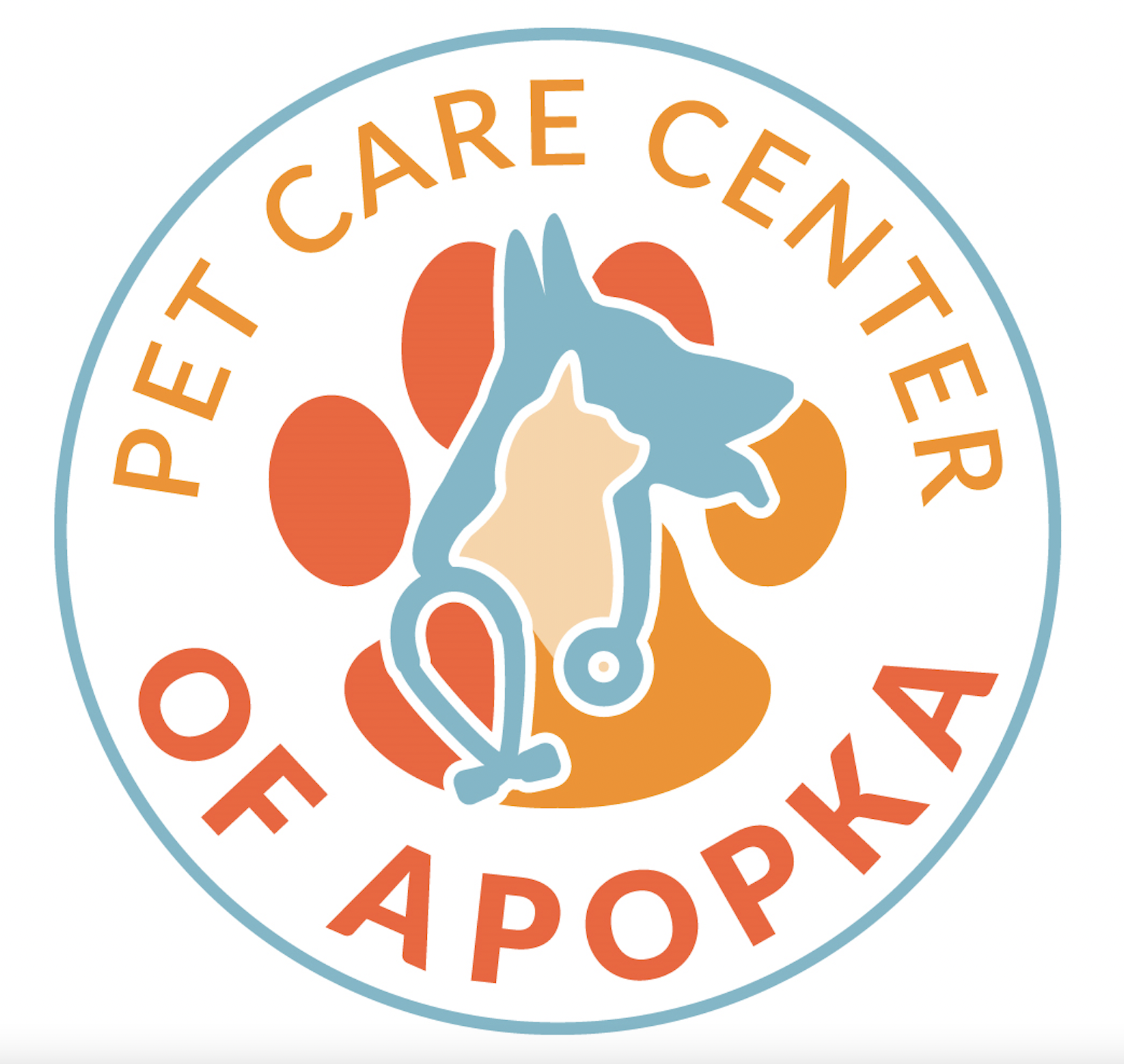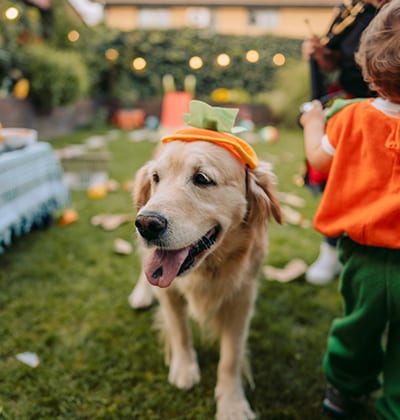Our animal hospital has plenty of experience treating pets that have gotten into trouble during the holidays, but we hope that our Halloween pet safety tips can minimize accidents and keep your pet out of trouble! Take a moment to go over our reminders, and be sure to reach out if you have questions for our veterinarians.
Keep These Treats Out of Your Pet’s Reach
- Chocolate – It’s relatively common knowledge that chocolate can cause health problems for our pets, but it’s easy to take for granted when you have a house full of Halloween candy! While some types of chocolate are less toxic to pets than others, all of them have the potential to harm your pet. That includes milk chocolate, dark chocolate, baking chocolate, fudge, etc. Chocolate contains caffeine and theobromine, which can raise blood pressure and cause heart arrhythmias.
- Raisins/grapes – Raisins and grapes can cause life-threatening kidney failure in pets. If you have any chocolate-covered raisins in your house, hide them away.
- Hard candy – When you place a hard candy in your mouth, it becomes slippery. Likewise, if your pet gets ahold of one, it could slip down their throat and block their airway, causing choking.
- Wrapped candy – Candy wrappers are another common choking hazard, be they plastic or tinfoil.
- Xylitol – Xylitol is a sugar substitute found in many sugar-free sweets. It can also be deadly for pets that ingest it. Xylitol can dramatically lower your pet’s blood sugar levels and cause them to have seizures. If your pet ingests any candy or gum that is labeled as sugar free, contact us or an area emergency hospital immediately.
Decorations You Might Want to Avoid
- Candles – Don’t “play with fire” and keep lit candles where your pet can knock them over or accidentally brush against them. Use artificial candles where you can.
- Fake spiderwebs – Curious pets can get snagged on or tangled in fake spiderwebs, which are also potentially harmful for local wildlife (if used outdoors).
- Strands of lights – Hang lights responsibly and don’t leave electrical cords where your pet can easily reach (and chew on) them.
- Masks, animatronics, and other spooky decor – If you look at an item and think “this might scare my pet,” then pass on it. That may include anything life-size (like a witch, skeleton, or zombie), and decorations that play loud music or talk.

